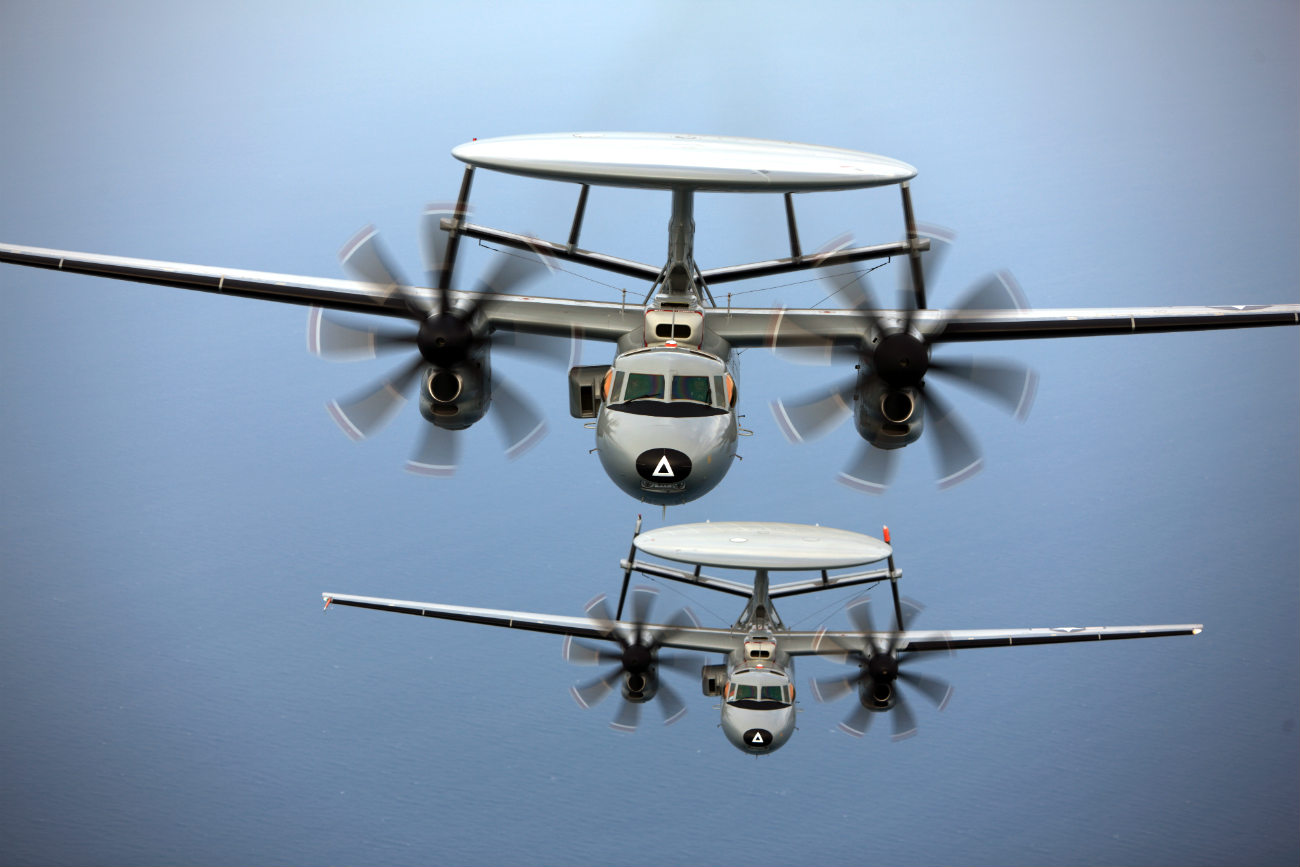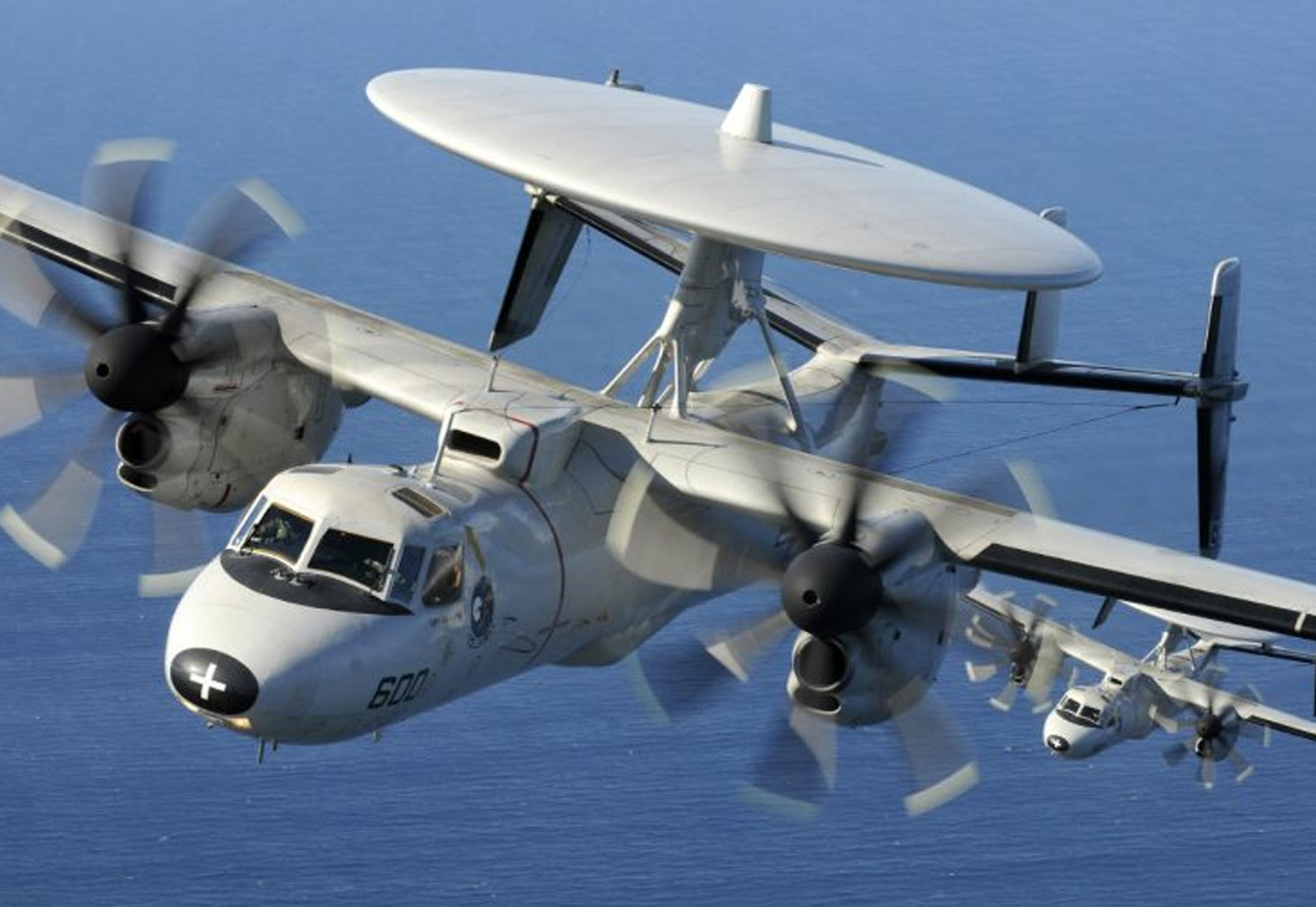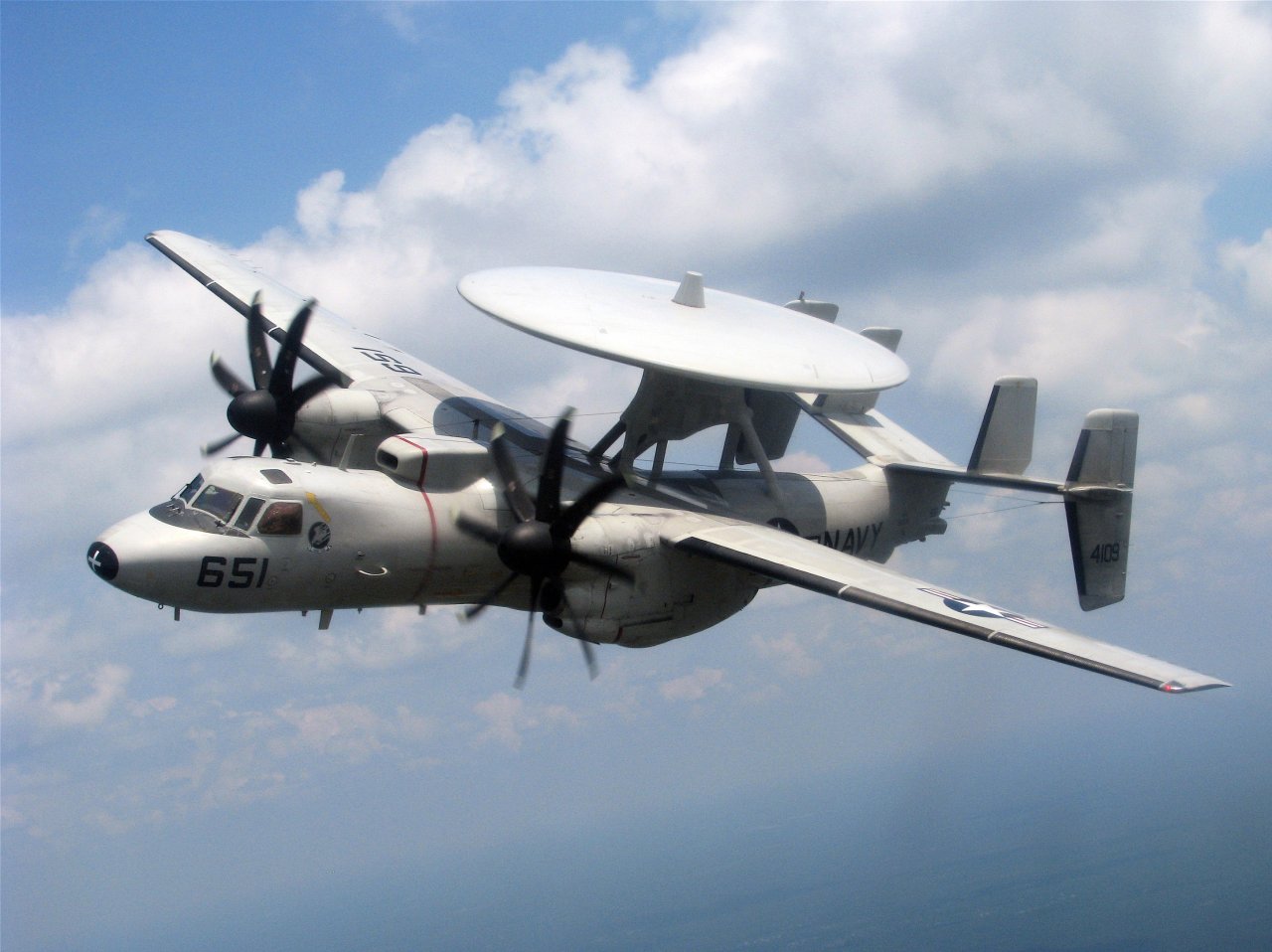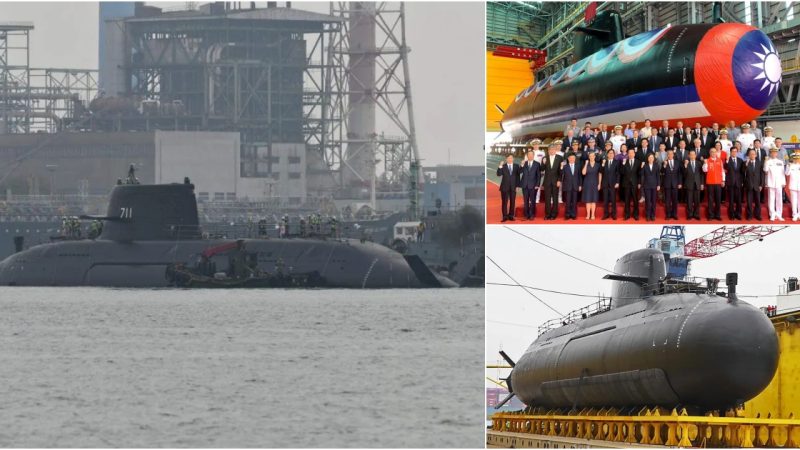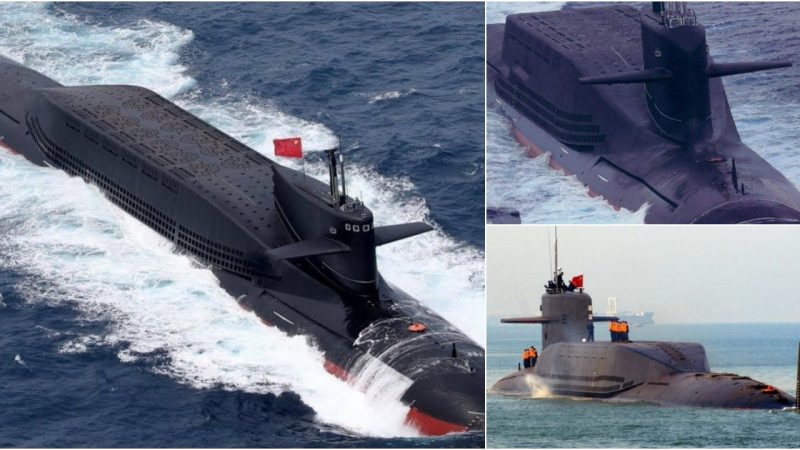The E-2 Hawkeye, an iconic aircraft with a history spanning over six decades, continues to stand as a testament to its all-weather capabilities and tactical excellence in airborne early warning missions from aircraft carriers. Conceived in the 1950s and taking its maiden flight in 1960, this remarkable aircraft was commissioned for service in 1964. What makes the E-2 even more remarkable is its ongoing production, making it the longest-produced carrier-based aircraft in history.
The E-2 was a pioneering aircraft designed specifically to replace the E-1 Tracer and fulfill the crucial role of airborne early warning. Unlike its predecessors, the E-2 was not a modified existing aircraft; it was a purpose-built platform for this critical mission. This marked a significant shift in approach, emphasizing the importance of early warning capabilities.
One distinctive feature of the E-2 is its humming engine, earning it the affectionate nickname “Hummer.” Amidst the roar of jet-engine-equipped aircraft like the F/A-18 and F-35 on aircraft carriers, the E-2 with its humming engine stands out.
While the E-2 has had a long and successful service history, its initial design process was fraught with challenges. The U.S. Navy had demanding requirements, including the integration of data with the Naval Tactical Data System on board Navy vessels. Additionally, the E-2 had to be capable of landing on aircraft carriers, a significant feat in the 1950s when the Navy still operated World War II-era carriers like the Essex-class. This led to strict height, weight, and length restrictions, which affected the aircraft’s handling. In the end, the E-2 never operated from the Essex-class carriers.
The finished E-2 Hawkeye featured high wings, two Allison T56 turboprop engines, a retractable tricycle landing gear, and a tail hook for carrier landings. However, its most distinctive feature is the 24-foot diameter rotating radar dome, known as a rotodome, housing the E-2’s long-range radar and IFF system.
The E-2 is unique among carrier-based aircraft for its rotodome. Typically, rotodome-equipped aircraft, like the E-3 Sentry, are land-based. To save space on crowded aircraft carriers, the E-2 features a Sto-Wing that folds when not in use. A five-person crew operates the E-2, with a pilot, co-pilot, combat information center officer, air control officer, and radar operator.
While the E-2 faced challenges, notably with its cooling system, leading to overheating issues that temporarily grounded the fleet, significant upgrades were made. The result was the E-2B variant, which proved to be much more reliable. Over time, the E-2 established itself as a fundamental component of modern carrier air wings. Today, six decades after its debut, each carrier air wing includes four E-2 Hawkeyes, a testament to its enduring value and service history.
The E-2 Hawkeye’s remarkable journey from its inception in the 1950s to its ongoing production today showcases its resilience and adaptability. As a carrier-based early warning aircraft, it has played a vital role in ensuring the safety and effectiveness of naval operations, making it a true icon in the world of military aviation.

